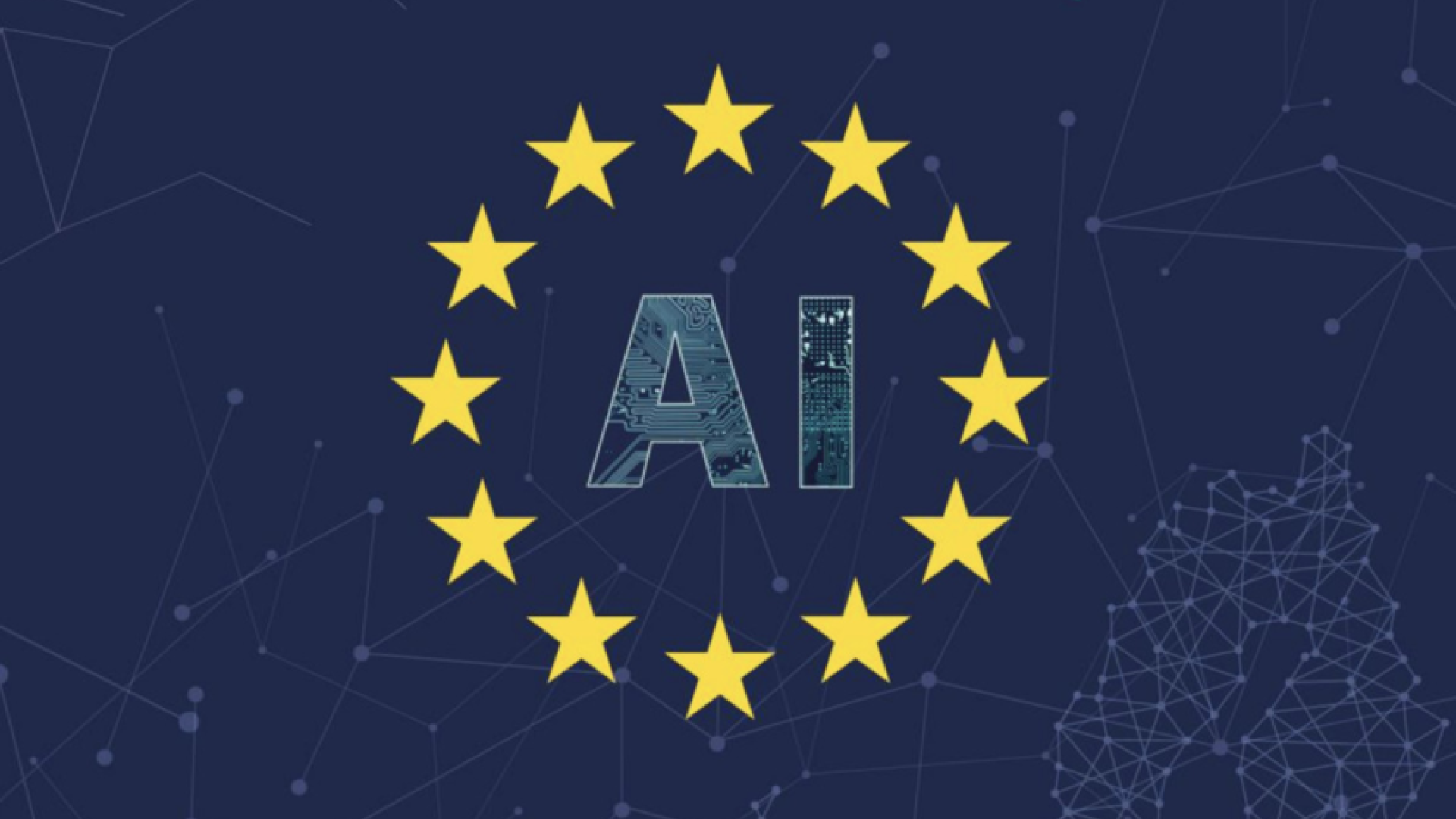AI Act Sets Precedent with Comprehensive Rules on Artificial Intelligence
In a strategic move to position itself at the forefront of the digital age, the European Union is set to standardize the use of artificial intelligence (AI) with the introduction of the AI Act, a trailblazing legislation that promises heightened safeguards for consumers.
The European Commission, in April 2021, unveiled its ambitious regulatory framework for AI. Central to this blueprint is the categorization of AI applications based on their inherent risks. The delineation of risk is set to determine the extent of regulation applied. Should the AI Act garner final approval, it will mark the world's inaugural set of guidelines governing AI.
EU Parliament's Vision for AI
The legislative chamber is keen on ensuring that all AI systems within the EU's borders meet stringent criteria: safety, transparency, traceability, non-discrimination, and eco-friendliness. In a nod to the rapid evolution of the tech sphere, there's a push for a fluid, tech-agnostic definition of AI that could accommodate emerging iterations of the technology.
Decoding the AI Act: Risk-based Classifications
- Unacceptable Risk: AI systems falling under this bracket, deemed perilous to the public, face outright prohibition. Some flagrant examples include AI-driven voice toys promoting harmful actions among children, systems classifying individuals based on personal attributes or behavior, and real-time remote biometric systems like facial recognition. However, allowances might be carved out in special cases, such as delayed biometric identification systems employed in serious crime investigations contingent on judicial consent.
- High Risk: AI mechanisms that impinge on safety or core rights will come under this segment, further bifurcated into:
- Systems integrated into products governed by the EU’s product safety laws, encompassing sectors like aviation, automotive, medical devices, and more.
- Systems spanning eight distinct domains necessitating registration in an official EU database, including biometric identification, critical infrastructure management, education, employment, law enforcement, and legal interpretation, among others. These high-risk contenders will face rigorous vetting both pre-launch and during their operational phase.
- Generative AI: Platforms akin to ChatGPT will be mandated to adhere to explicit transparency norms, which include content origination disclosures, proactive measures against generating illicit content, and concise disclosure of copyrighted training data.
- Limited Risk: AI solutions in this tier should abide by basic transparency norms, empowering users with the requisite knowledge to discern their interactions with AI systems, especially in contexts like deepfakes.
The legislative journey has seen a significant milestone with the MEPs adopting the AI Act's negotiation stance on 14 June 2023. The forthcoming phase involves deliberations with EU member states to chisel out the law's definitive version, with a consensus hoped to be reached by year's end.
